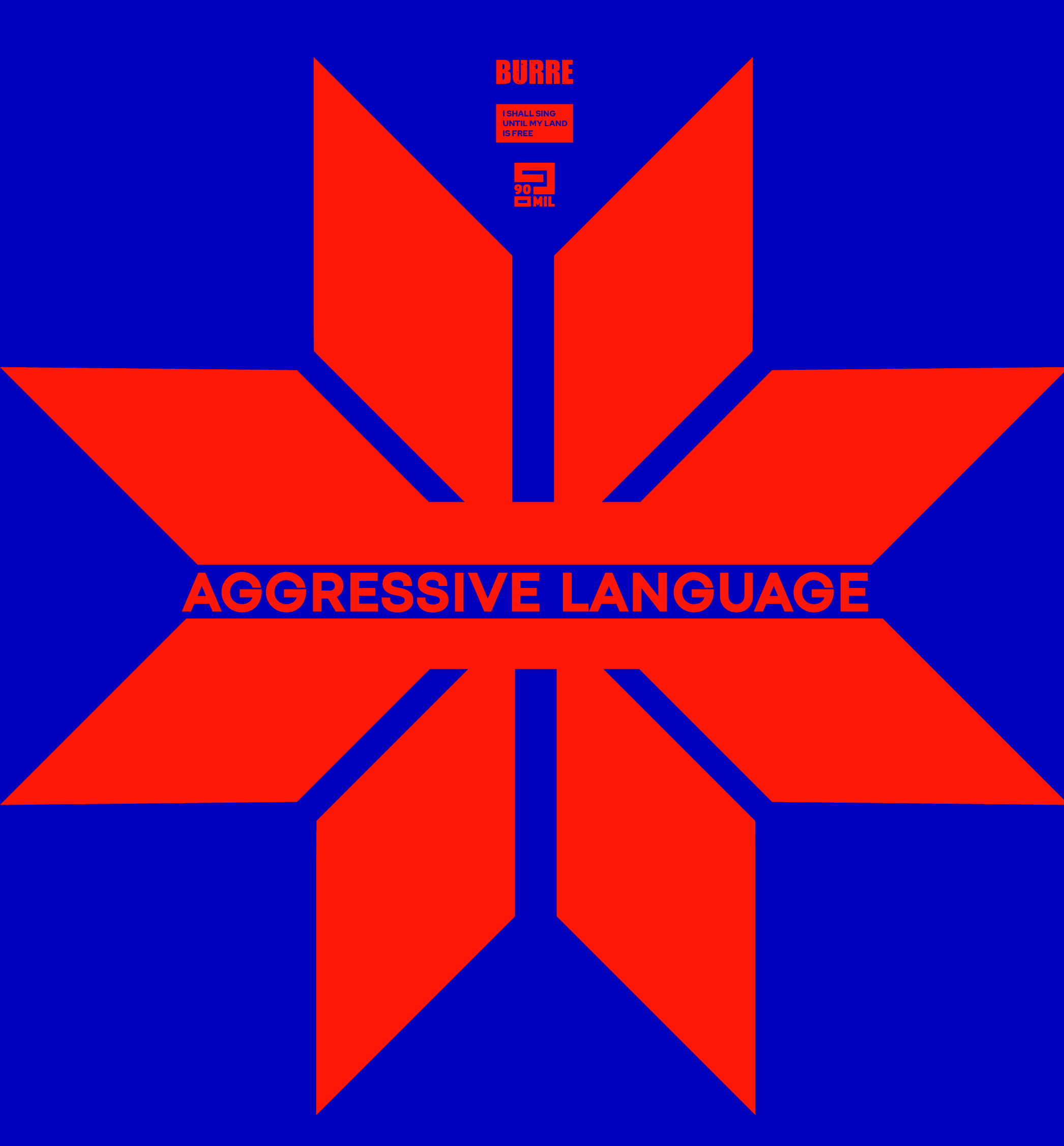Track By Track: Novo Line – Movements

Berlin’s Nat Fowler continues a lifelong quest for esoteric knowledge and a love of archaic computer hardware with his new album 'Movements'. Marrying automated electronic process and live improvisation, Nat models his studio set up with misused software run on two separate Atari ST's, using only era-consistent hardware Yamaha FM synthesis via MIDI, pitch tuned to a pure 3:2 ratio Pythagorean scale centred on 432hz. These obtuse production techniques and much trial and error is how he finds his own bizarre and unique style. With that in mind, we have gone off piste with this edition of Track By Track, as Nat explains why this labour of love works for him.
Atari ST is the Best, or How I Learned to Stop Multitasking
I improvise with an Atari ST. For the uninitiated, this does not mean that I’m making ambient music (what I always get asked when I say that I improvise) or making 8bit sounds using the chips inside. The Atari ST (and its offspring the TT, the Falcon) can be considered a piece of MIDI hardware — with a mouse. Once a piece of software is loaded, that computer will never ever crash, and it runs your MIDI in whatever way you or some programmer thought could be possible, the limitations of 1985 considering. And whats more, you can’t do anything else with that computer while you have this software loaded. You can’t even see what time it is. . . And this is totally liberating.
Without any distractions, you can treat it as a piece of music hardware. Imagine if an Akai MPC had enticing distractions like a game you could play on it with the pressure sensitive pads, or a way to share your stems with friends, or even notifications of new tweets, or if it had some sensor that broadcast your current mood via pulse or whatever: It would cease to be music hardware! This is what it’s about. You can’t buy a computer these days that doesn’t do millions of things and give you millions of choices, and with a COLOR SCREEN with millions of colors to boot. I could argue that nearly every improvement given to computers since the dawn of home computing was to sell new computers, and not to serve you in your productivity. Did they actually think that the computer would be more precise if it’s doing a lot of things at the same time? Did they even consider that a human would adapt in a wholly positive way to having a bunch of things layered on a screen, with only your single pointing device to sort through it? It’s well established that our minds are fatigued by choices, and even colors. Keeping it simple lets you dedicate that precious mind energy for creating music. After all, you don’t need that feature . . .

Improv is the Answer, or What’s A Sequencer?
I’ve found there’s a way to improvise electronic music that is not “ambient,” and not-so-necessarily connected with that; not directionless. My method: Instead of preparing a “track,” which requires me immediately to think about what a “track” is — which is only based on my previous experiences of hearing tracks by myself and others — I physically construct a set of possibilities, potential happy accidents, risks to take that have a low or high probability of making something interesting, either rhythmically or harmonically, or both. Will a rhythm that is 3 beats long line up well with a rhythm that is 5 beats long, if the two melodies associated with them harmonize well over those 15 beats (the lowest common denominator?) These happy accidents are constructed with all the choices available to me with the hardware I have. Before I set up for a show, I make some decisions: Shall I chain the midi arpeggiator to the keyboard splitter, or the keyboard splitter to the midi delay, or divide the midi clock by 3 and run the drum accompaniment at 9/8 instead of 12/8? [Confession: In a sense it works a bit like modular synthesis in this way, but I have no real experience with those tools.]
When I hit those two spacebars on those two Atari ST’s at almost the same time, I start listening. I’m ready for surprises.The ST sends to the midi fx, the midi fx send to synthesizers, the synthesizers respond with sound, the sound go into submixers, the submixers go into the main mixer, the main mixer spits out music. I listen to that, and hear if its good or not, and react. The screen doesn’t tell me anything useful, musically speaking; I’ve only got a blinking little “note” icon for every midi signal; I have no idea if that note is high, or low, or in key with the other ST’s note, and that forces me to listen. I’ve got choices in front of me: I’ll try one, or two, or even three at the same time, I’ve got pedals hooked up on the floor, I’ve got ten fingers, I have knobs that will send an audio effect. It’s not always good. I’ve had a handful of real shit shows where the music is just awful. People walk out, they don’t connect. I feel embarrassed, nearly ashamed. But it’s that thrill of literally not knowing that makes it exciting. I’ve also had quite a few concerts where we are all brought into the trance that is created when I listen, others listen, we all react, and we go forward, deep into the tunnel. That is magic to me, and all it makes me want to do is continue to play this way, and be surprised.

Novo Line – Movements is out now on Ecstatic Recordings and can be found HERE. Follow Novo Line on Facebook.





















